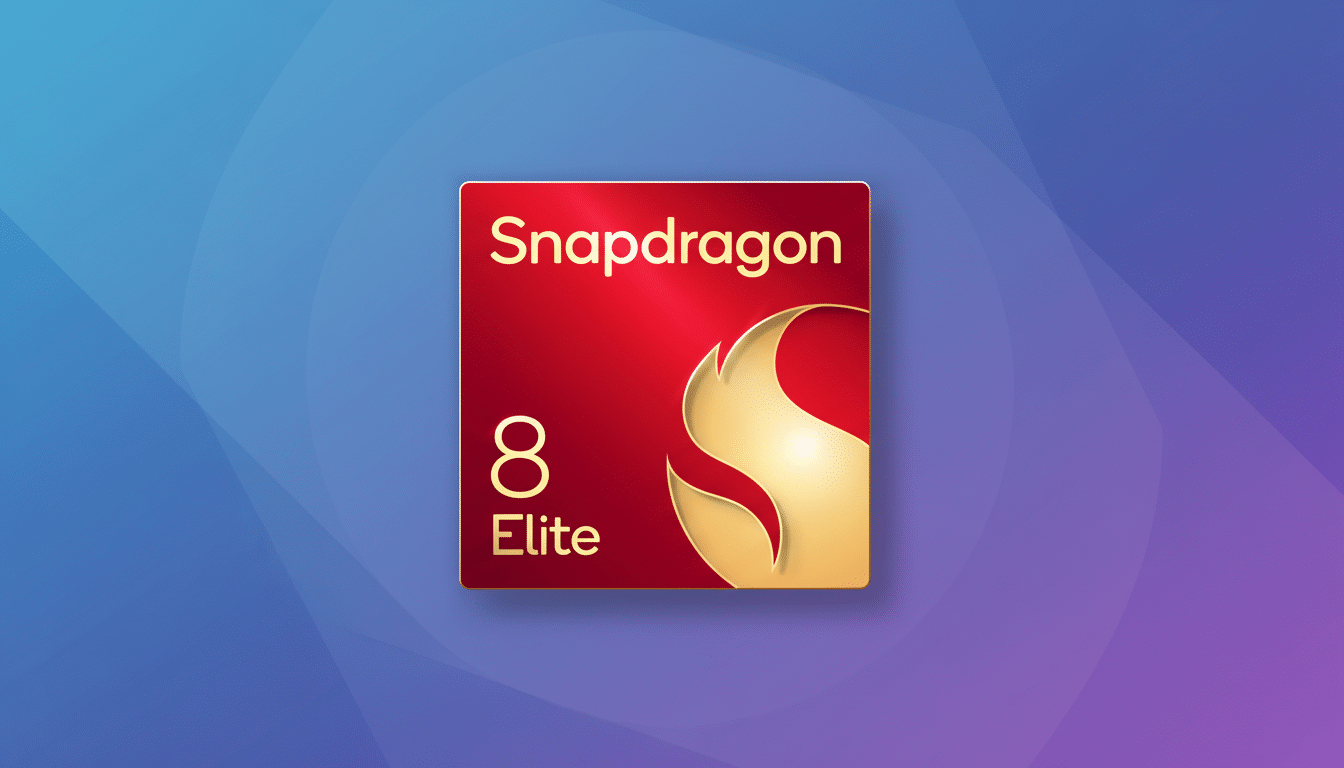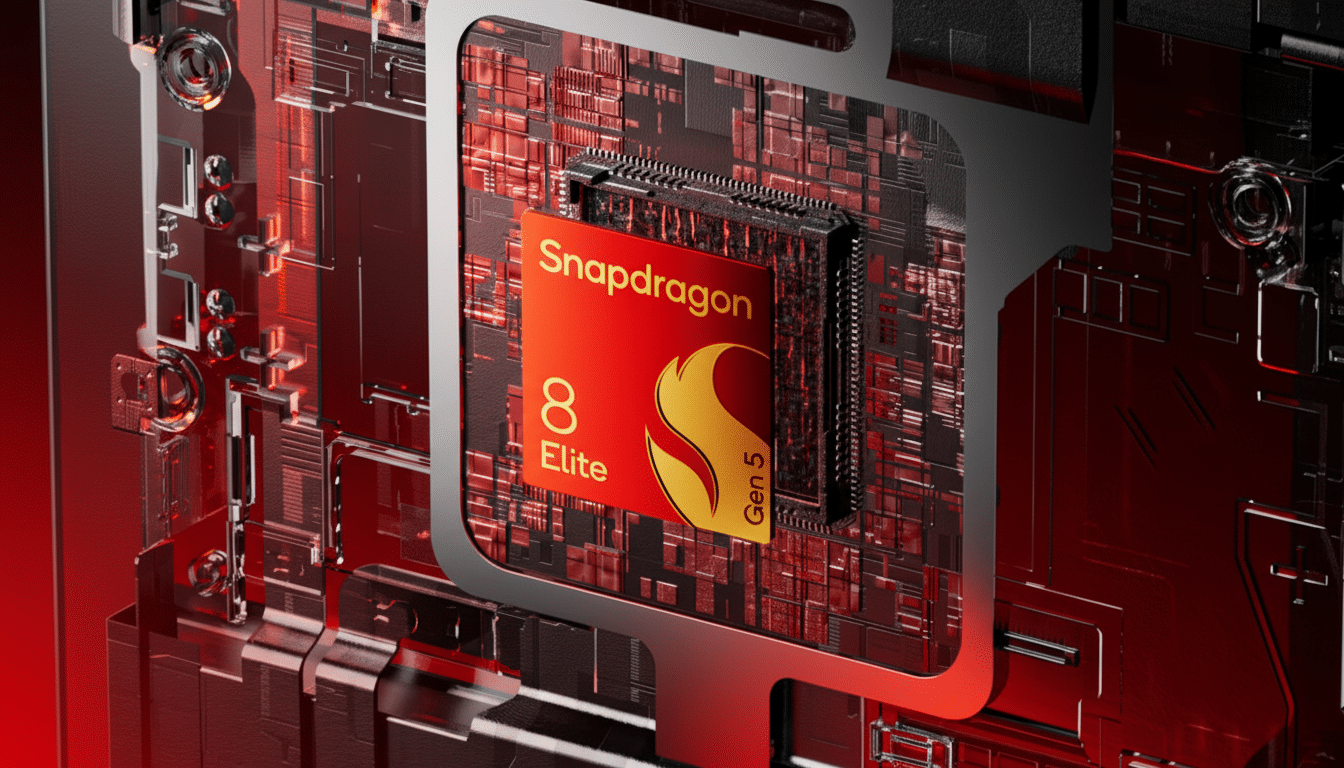Users of Snapdragon 8 Elite and 8 Elite Gen 5 smartphones should be able to expect a substantial boost with regard to emulator performance and stability. An open-source Turnip Vulkan driver for Qualcomm’s newest Adreno 8xx GPUs is being developed by some intrepid and talented Linux user on the internet, judging from activity on the Mesa GitLab and comments unearthed in the GameHub community. Early indications are there could be widespread backing from the Elite range, with a potential date set for early access.
What the Turnip Driver Could Decipher for Adreno GPUs
Turnip is the Mesa project’s open-source Vulkan driver for Adreno GPUs, one of the big components needed to have a working FOSS stack on this hardware, and it complements the very mature Freedreno effort led by veteran graphics developer Rob Clark. Instead of being a proprietary stack, Turnip iterates in the open, following Vulkan conformance and often pulling in fixes and features that benefit cutting-edge apps, including advanced emulators. When it comes to emulation, the devil is in the small driver details—descriptor indexing, timeline semaphores, dynamic rendering paths, or shader compiler behaviors can make as much of a difference in performance and compatibility as larger architectural differences.

Historically, Mesa’s fast cadence has allowed emulator quirks to be worked around much faster than vendor-only pipelines. As Turnip got a lot of Vulkan 1.3 features on previous Adreno generations, community testers have reported that their frame times are much smoother with fewer hangs in workloads that heavily rely on async compute and big shader permutations. Extending that to Adreno 830 and 840 shows good potential for the latest Snapdragon flagships.
Why Elite Phones Fell Short With Emulators
For all of their pure speed, however, the Snapdragon 8 Elite family has had a bit of an inconsistent relationship with cutting-edge emulators. Widely reported regressions by developers and power users included random crashes, and shader pipeline speed has stalled out on demanding front-ends/cores. There were even some community recommendations skewing toward hardware featuring drivers that are based on older Snapdragon 8 Gen 3-era interfaces for the most demanding emulator workloads.
That mismatch is about driver maturity more than silicon horsepower. Current emulators like GameHub, RPCSX-UI-Android, and Eden rely on sophisticated Vulkan capabilities and accurate GPU scheduling to replicate consoles with deep memory hierarchy and graphics pipeline. When a driver’s behavior skews away from those expectations, you end up with things like stutter or artifacts on-screen, or even outright failure—problems that open-source drivers can easily diagnose and address because of their transparent development.
Target GPUs and Coverage Goals for Snapdragon 8 Elite
Mesa talks suggest early work is focusing on the Adreno 840 GPU for Snapdragon 8 Elite Gen 5 at least in user-space, with ARM officials marking support for it, which also hints at an Adreno 830 inside their first-wave Snapdragon 8 Elite design. The two use a “sliced” architecture approach, which increases the chances of a unified driver path. If that comes through, we’re sure to see both current phones and new Android handhelds based on Elite silicon stand to gain.
Qualcomm’s involvement matters here. With Qualcomm’s Rob Clark contributing to the RADV driver effort and creator/maintainer level for the Mesa project, it will be interesting to see if RADV can come up as good as, or more performant than, AMDGPU-PRO given how much now is riding on RADV with ACO so well off. That combination has in the past led to faster Vulkan conformance work and shorter prototype-build-to-widespread-usable process time.

When You May See It on Snapdragon 8 Elite Devices
Network chatter suggests compatible devices will be available for developers to get their hands on in the near future, with broader availability expected after some more testing and conformance work is done. On Android specifically, there’s the added bonus that distribution may occur via various methods: such as OEM firmware updates, community-provided Mesa builds, or ROM projects which ship Turnip as an alternative Vulkan ICD. I can’t tell you the exact path; it’s going to depend on your device and vendor policy.
As usual, the eager beavers will probably start testing with some pre-release builds and giving feedback to the emulator devs, Mesa, etc. That feedback loop has historically been valuable in flushing out corner cases with shader compilation, memory residency, and synchronization—which is exactly where emulators hit GPUs the hardest.
What Users Will Expect from Emulators with Turnip
If Turnip lands for Adreno 8xx as anticipated, you should see fewer rendering glitches, fewer burdensome device-specific quirks, and more uniform emulation behavior under Vulkan-leaning emulators. That could mean higher and more stable frame rates, less stutter for your shader mods, or simply greater compatibility with heavy workloads that currently need workarounds. And even when raw FPS doesn’t spike, tighter frame-time stability can mean the difference between a playable and a barely playable experience.
For emulator developers, a modern and open driver reduces the overhead on debugging and adopting new features. Being aligned with Vulkan’s Conformance Tests, led by the Khronos Group, helps support this process and increases the chances of it working consistently regardless of deployment to diverse devices. In practical terms, that means a clearer road to enabling features which early Snapdragon flagships were too brittle to enjoy.
The bottom line: The muscle is already there in the Snapdragon 8 Elite hardware. With a more mature Turnip driver for Adreno 8xx, the software stack could at last catch up—unleashing the emulation experience those chips should have provided on day one.

